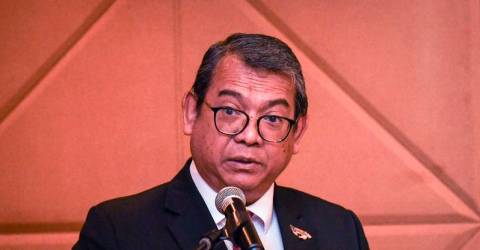
MELAKA: The Ministry of Tourism, Arts and Culture (MOTAC) said youth engagement, the creative economy and digitalisation will be the key priorities in strengthening arts and culture in the ASEAN region, especially Malaysia.
Its secretary-general, Datuk Roslan Abdul Rahman, said the triple element was the outcome of the 11th ASEAN Ministers Responsible for Culture and Arts (AMCA) Meeting and the 20th Senior Officials Meeting for Culture and Arts (SOMCA), held over three days from Oct 22.
“During this SOMCA, the delegation from the United Kingdom shared their experiences and invited ASEAN member states to collaborate in developing the bloc’s creative economy. We had a very open discussion with this delegation, as Malaysia is focusing on the creative economy and aims to highlight this aspect further.
“We are also collaborating with Italy to conserve heritage and cultural materials. God-willing, in the coming year, Malaysia will intensify its focus on these three priority elements,” he told a press conference today.
Roslan further said that several agreements and understandings were reached during the meetings, including the establishment of the ASEAN Creative Sustainability Framework, the Melaka Declaration on Culture and Heritage Value Creation, a Symposium on ASEAN Creative Economy and the Vang Vieng Declaration promoting cultural-related small and medium enterprises.
“For future planning, the art and culture framework for the 2022 to 2025 period will be used as a pillar for ASEAN frameworks.
“All these frameworks are to bridge gaps and create a more inclusive global heritage list that represents ASEAN’s cultural legacy,” he said.
As for the dialogue session with AMCA+3 partners comprising China, South Korea and Japan, Roslan said several accomplishments were also achieved through the implemented programmes.
“One of them is the digitisation of historical artefacts, which involves storing historical materials in digital format. This indirectly facilitates historians and socio-cultural researchers by providing them access to historical materials in digital form,” he added.
